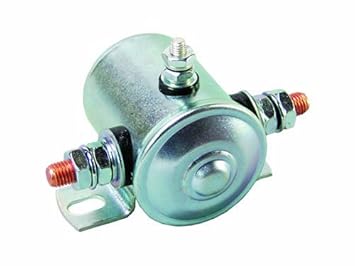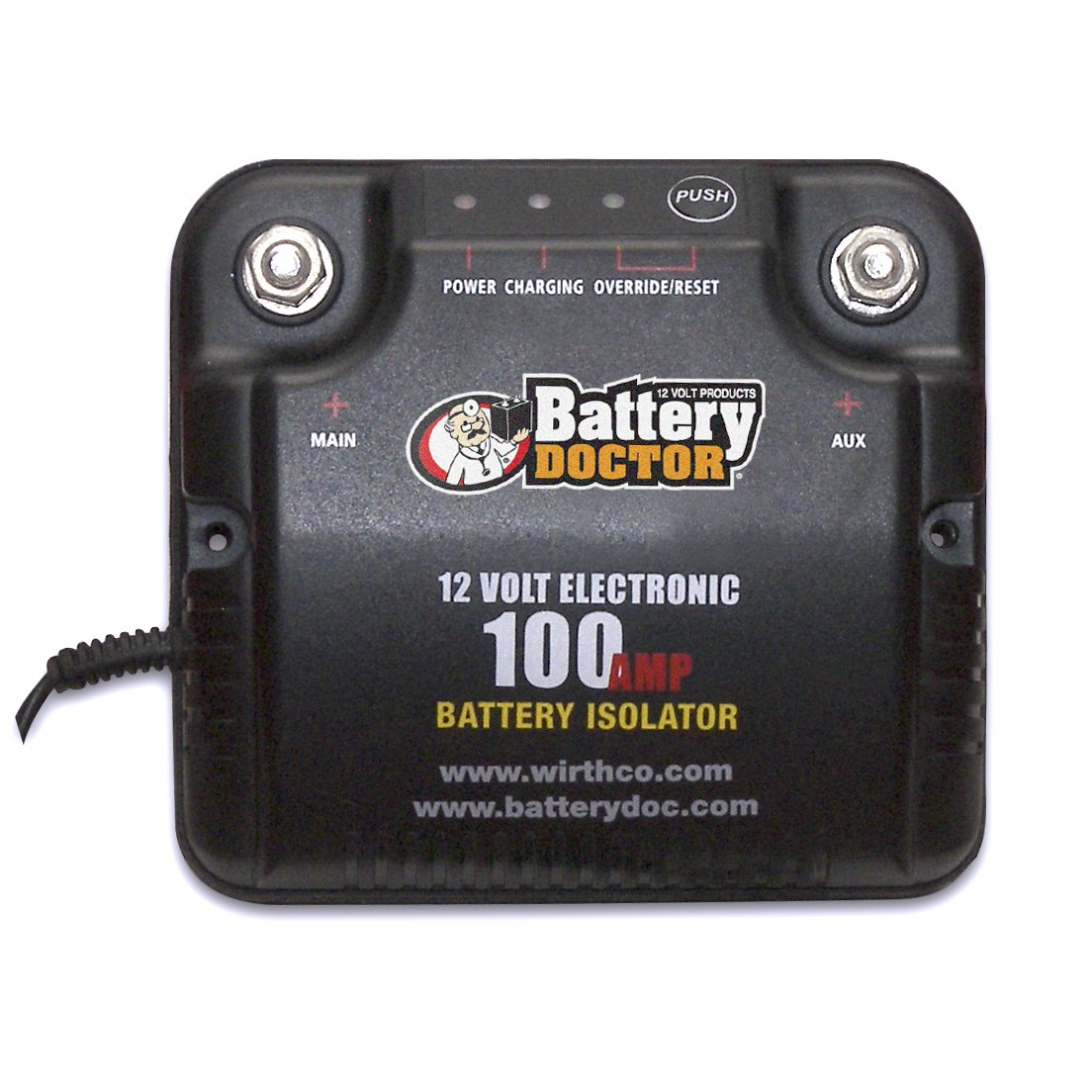With the price of scrap copper wire near $2 a pound, it's not a wonder that some unscrupulous folks might target what's easily available and steal it away. For RVers, a very heavy piece of copper wire containing "stuff" is that fine power cord that tethers your RV to the shore power post. While thieves would have to be pretty bold to run up and steal your shore power cord while you're parked and using it, the same can't be said when your rig is not in use, and simply parked someplace in storage.
For some, power cords can be completely disconnected from the rig and locked away in a compartment. But others don't have that luxury. Our travel trailer power cord is always connected at the "RV end" of the cable, and when not in use, is simply shoved away into a hole through a sidewall port. That means when we're not looking, any old crummy thief could run up, pull our cord out of the port, whack it off, and make off with it. Not a pleasant thought.
Enter the folks at Torklift International. Truck camper owners might immediately recognize the name – Torklift makes a great line of truck camper tie-downs. But not long ago, they came out with a product suitable for the rest of the RV community. Their Fortress PowerLock is designed to keep your stored power cord safely locked up and inaccessible to the bad guys. How does it work?
This simple but clever device is like a high impact aircraft grade aluminum vault that securely mounts to the side of your RV. With the PowerLock cover door closed and locked, there's no way (short of cutting a hole in the side of your RV) to reach in and grab the power cord. Time to hook up to shore power? Insert your key, give it a turn, and pull open the door. Inside the cover a standard (pre-existing or owner provided) plastic cover opens, giving easy access to the power cord and plug. Yard out whatever amount of cable you need, then close and relock the door. It's easy, and it's decidedly secure.
We asked the folks at Torklift for an evaluation copy of the Fortress PowerLock and they obligingly set us up with one. Installation was easy. First we removed the old plastic power cord access door – take out three screws and scrape away the old sealant. Next, apply sealant tape to a new access door assembly and slide it into the PowerLock assembly. Add more sealant to the back of the PowerLock assembly and screw it right onto the side of the RV. Took maybe a half-hour and easily done with what most do-it-yourself RV proficient owners have on hand in terms of tools. We opted to replace our existing, weather-worn power cord access door with a new one -- it set us back less than $10, but looks a whole lot nicer. You can find one of these critters on Amazon.
The Fortress PowerLock comes in your choice of two flavors – black or white powder coat. The company is so sure of the reliability of their product they give it a lifetime warranty. With a retail price of a little over $110, that's actually less than the cost of a new power cord – to say nothing of the cost of labor for the re-wiring job.
After a year of use, our PowerLock was going strong, keep the cable safe from bad guys when our rig was not in use. Then one fatal day, motoring down Interstate 40 in Arizona, we blew a trailer tire. From the driver seat, the pilot could see the rig power cord streaming out from behind us. Sure enough, that blown tire had ripped open the PowerLock door, snagged the power cord, and jerked it all out ‘til the end of the cable full stopped.
Ah me, it seems that the official camp break-down worker had been in a big hurry when breaking down camp. A huge, unexpected thunderstorm had threatened to turn the campsite into a mud-hole, and getting out of there in a hurry was essential. Instead of locking the PowerLock door after stowing the cable, he’d hurriedly slammed it shut and headed out. Had the door been locked, the resulting “rip off” might not have happened. As it is, the PowerLock remained securely attached to the side of the trailer, still lockable, although the hinges were badly mangled.
They’re a tough beast to defeat.
You can find Torklift PowerLock on Amazon.












